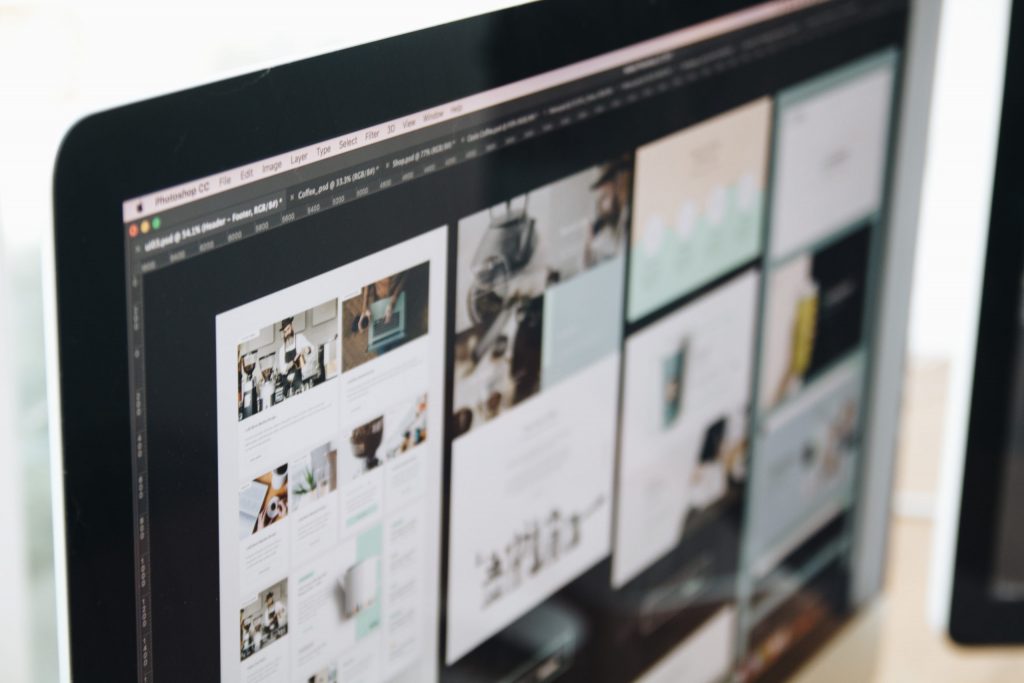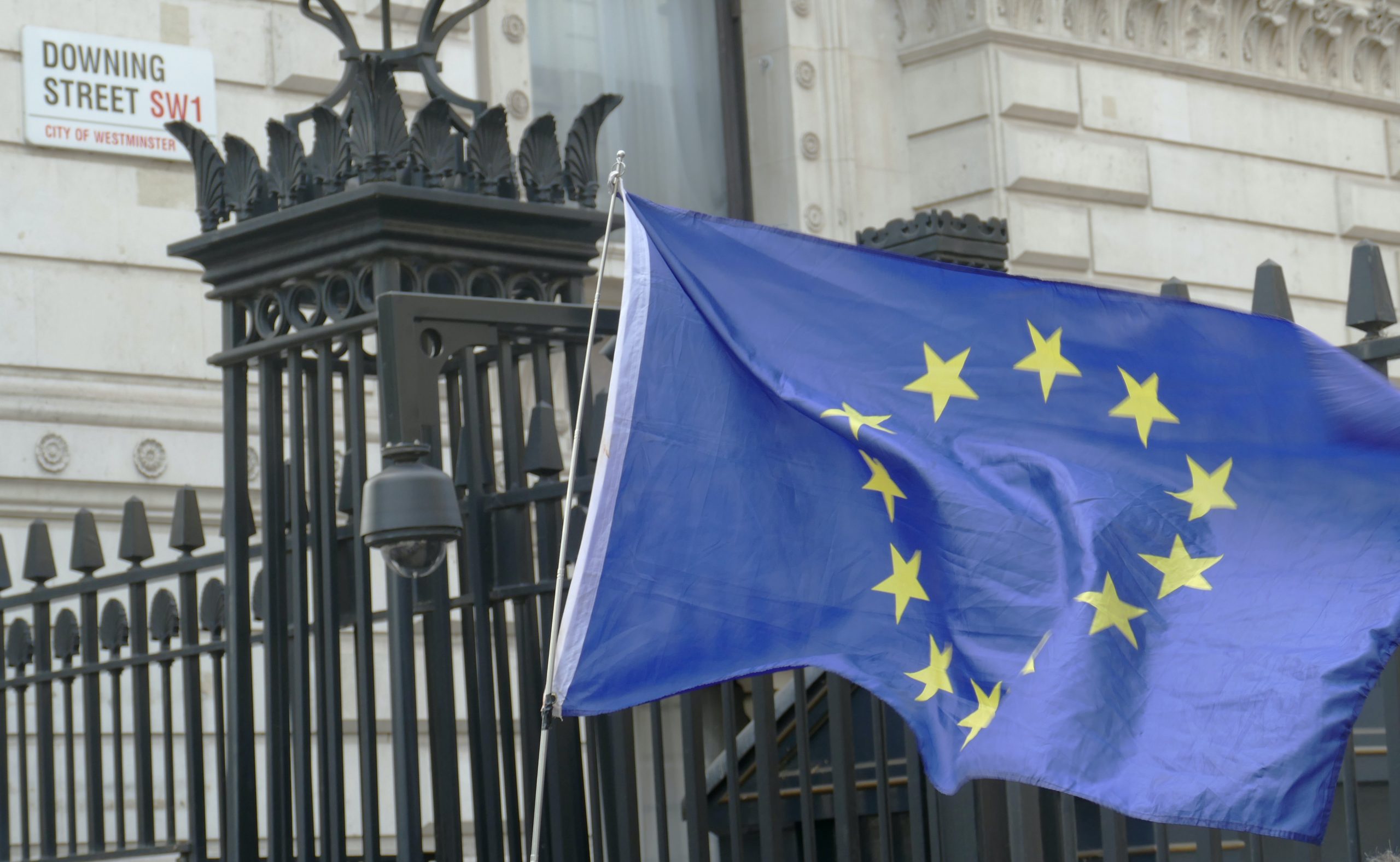Companies run blogs on their websites for a number of reasons, but most of all they’re there to help increase revenue. Therefore, your business blog posts need to be enticing, entertaining, educational and illustrative, encouraging visitors to want to do business with you.
Even if you write the most informative blog post, the way it is presented can lower the quality of your work, putting your readers off before they’ve even read the first line. Below we’ve written a list of design tips you can easily implement to turn your professional WordPress blog posts into beautiful, easy to read articles.
Format
The way your article is laid out will impact significantly on the readability of your article. Follow our advice below to increase the engagement of your readers.
Font
To make your business blog posts super readable, we recommend the following:
- Increase your body font size to 16px. Did you know that browsers display font as 16px by default? This is because 16px is a large, clear size that is easy to read on all devices. At first it may seem too big in contrast to your previous 12 or 14px body text, but you’ll get used to it, and your readers will thank you for it!
- Use contrasting fonts for your blog title, headings and body text. These can differ in colour, size and style. Your title font should be clear, bold, and large. 36px is a good size. To keep things simple, your H1, H2, H3, and H4 tags should all be in the same font face and style, in decreasing sizes.
- Mix sans-serif and serif fonts a for an excellent contrast. However, keep it simple. There should never be more than three different font faces in your blog post at one time. Avoid overly stylish types like handwritten or cursive fonts that may distract from your message. We recommend using italics to make heading tags stand out from your blog titles.
- Style your intro text. The first paragraph of your blog post should be in a contrasting style to the body of your article in order to draw the reader in. It’s the same trick that magazines and newspapers use. Including intro text in a slightly larger, bolder style in italics with a drop cap [footnote] A drop cap is a large, decorative, capital letter at the beginning of an article that has the depth of two or more lines of text. [/footnote] will improve the readability of your article.
Paragraphs:
Your visitors will quickly scan the page before committing to read your article. Make your articles inviting and easier to read with our paragraph design tips:
- Use short, to the point paragraphs. This will break down what would otherwise be large bodies of text. Keep your points easy to digest, bite-sized paragraphs.
- Give each new step or section of your article a heading. Breaking your article into sections allows readers who just want to learn about a certain aspect of a subject matter the chance to find what they’re looking for easily. It also allows those who read an article from start to finish lots of breathing space while reading.
- Make use of line spacing. When text is spaced out, it is easier to read. Although you might think it may make your article look a lot longer, it will encourage more readers to read your article because it’s just more enjoyable to read.
- Use bullet lists and numbered lists for stages of a how-to. Everyone loves bullet points! I am also a fan of putting your main point in bold, and then elaborating on it further. It helps readers get the main points if they don’t have time, and they just want to scan the article. It also gives others who wish to learn more about the point the chance to find out more information.
- Use block quotes to visually break up text. These are great for articles where you interview someone, and they make an excellent, clear point. Just put your chosen quote in between the <blockquote></blockquote> tags.
- Use consistent styling in all your blog posts. This can be tricky if you run a multi-author blog on your professional WordPress website. The best solution is to create a style guide explaining how to achieve consistent styling in all blog posts published. Another way around this is to have the same editor finish and format your colleagues’ blog posts before hitting publish.
Imagery
An image speaks a thousand words, but without the right imagery those thousand words might not be good ones! Make sure your professional blog posts make the right impression with our imagery tips below:
- Keep your images the same size. This helps the article flow better visually. We always recommend keeping your images the same width, filling the full width of the blog content area.
- Always include a featured image. This image is what will be featured on social media platforms when your article is shared on the web. It’s also the image used on blog listing pages to encourage users to click on your blog post and read it.
- Use imagery that is interesting, colourful and captivating. Easier said than done, right? The best way to do this is to create your own imagery. Don’t be afraid to take your camera into work and snap photos of your colleagues at work, your workspace, or of the factory / workshop / studio used to build and create your products or services. If you’re unsure of the quality of photos you can take yourself, ask around at work to see if anyone is a secret photography hobbyist. Failing that and depending on budget, you could alway hire a local photographer.
- Avoid dull stock photos. These are particularly bad when talking about something not physical, like the cloud and web optimisation services. Business stock photos of models grinning in suits chatting away on a mobile or typing on a laptop are dry and incredibly overused. Sadly they won’t add much value to your articles, and you’re better off going without.
- Use stock imagery in a new way. If you’re going to use stock images, and there is absolutely nothing wrong with using stock imagery, make sure you use it in a creative way. For example, our Founder & Director David Lockie has a background in Zoology, and the office is filled with exotic animal imagery. We bring this aspect into our website through stock imagery of animals related to the subject matter. Take a look at our blog feed and you’ll see we use octopuses when talking about optimising your website, chameleons when discussing website redesigns, and terrapins when talking about future proofing your website. It’s light-hearted, engaging, and very “us”.
- Put your stamp on stock imagery. Add text, change the colours to reflect your brand, adjust the contrast. Check the licence first to ensure the author allows for editing of their photos before tinkering with them.
- Check licensing. Getting dragged into a battle with a photographer or their legal team can be costly and time consuming to deal with, so ensure you are using royalty free or Creative Commons sourced imagery legally, with the correct attribution.



